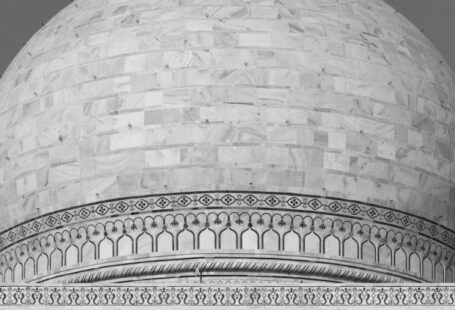Belgrade, the capital city of Serbia, has a rich history that spans centuries, witnessing numerous changes and transformations over time. From its humble beginnings as a small settlement to its current status as a bustling metropolis, Belgrade has evolved in various ways, reflecting the influences of different cultures and historical events. Let’s delve into the fascinating journey of how Belgrade has changed over the centuries.
**The Ancient Roots of Belgrade**
Belgrade traces its origins back to ancient times when it was known as Singidunum, a Celtic settlement. Later, it became a Roman city, known for its strategic location at the confluence of the Sava and Danube rivers. The Romans left their mark on the city with landmarks such as the Belgrade Fortress, which still stands as a symbol of the city’s rich history.
**Medieval and Ottoman Rule**
During the Middle Ages, Belgrade experienced a series of conquests and changes in rulership. It passed from Byzantine to Hungarian hands before falling under Ottoman rule in the 16th century. The Ottoman influence left an indelible mark on Belgrade’s architecture and culture, with mosques and Turkish baths becoming prominent features of the cityscape.
**The Habsburg Period and Modernization**
In the 18th century, Belgrade came under Habsburg rule, marking a period of modernization and urban development. The city saw the construction of new buildings, roads, and bridges, transforming it into a thriving center of commerce and culture. The Habsburg legacy can still be seen in the architectural styles of some buildings in Belgrade.
**Wars and Reconstruction**
The 20th century was a turbulent time for Belgrade, marked by wars and political upheaval. The city suffered extensive damage during both World War I and World War II, leading to periods of reconstruction and renewal. Despite the destruction, Belgrade emerged as a resilient city, rebuilding itself and reaffirming its status as a vital hub in the region.
**Socialist Era and Urban Planning**
The post-World War II period saw Belgrade becoming the capital of socialist Yugoslavia under the leadership of Josip Broz Tito. The city underwent significant urban planning projects, with the construction of modernist buildings and infrastructure. The New Belgrade district, with its high-rise apartment blocks and wide boulevards, is a testament to this era of urban development.
**Transition to Democracy and European Integration**
With the breakup of Yugoslavia in the 1990s, Belgrade became the capital of independent Serbia. The city went through a period of transition as it adapted to the challenges of democracy and market economy. In recent years, Belgrade has been making strides towards European integration, with efforts to modernize its infrastructure and enhance its cultural offerings.
**A Vibrant Cultural Scene and Tourism Boom**
Today, Belgrade is a vibrant city with a burgeoning cultural scene and a thriving tourism industry. The city’s eclectic mix of architectural styles, from Byzantine churches to socialist-era monuments, attracts visitors from around the world. Belgrade’s lively nightlife, bustling markets, and rich culinary traditions make it a must-visit destination for those seeking a blend of history and modernity.
**Looking Ahead: The Future of Belgrade**
As Belgrade continues to evolve and grow, it faces new challenges and opportunities in shaping its future. The city’s strategic location, dynamic population, and cultural heritage position it as a key player in the region. With ongoing urban development projects, investments in infrastructure, and efforts to preserve its historical landmarks, Belgrade is poised to remain a dynamic and captivating city for centuries to come.
In conclusion, Belgrade’s journey through the centuries is a testament to its resilience, adaptability, and enduring spirit. From its ancient roots to its modern-day vibrancy, the city has transformed and reinvented itself in response to changing times and circumstances. As Belgrade looks towards the future, it carries with it a rich tapestry of history and culture that continues to shape its identity and allure.





